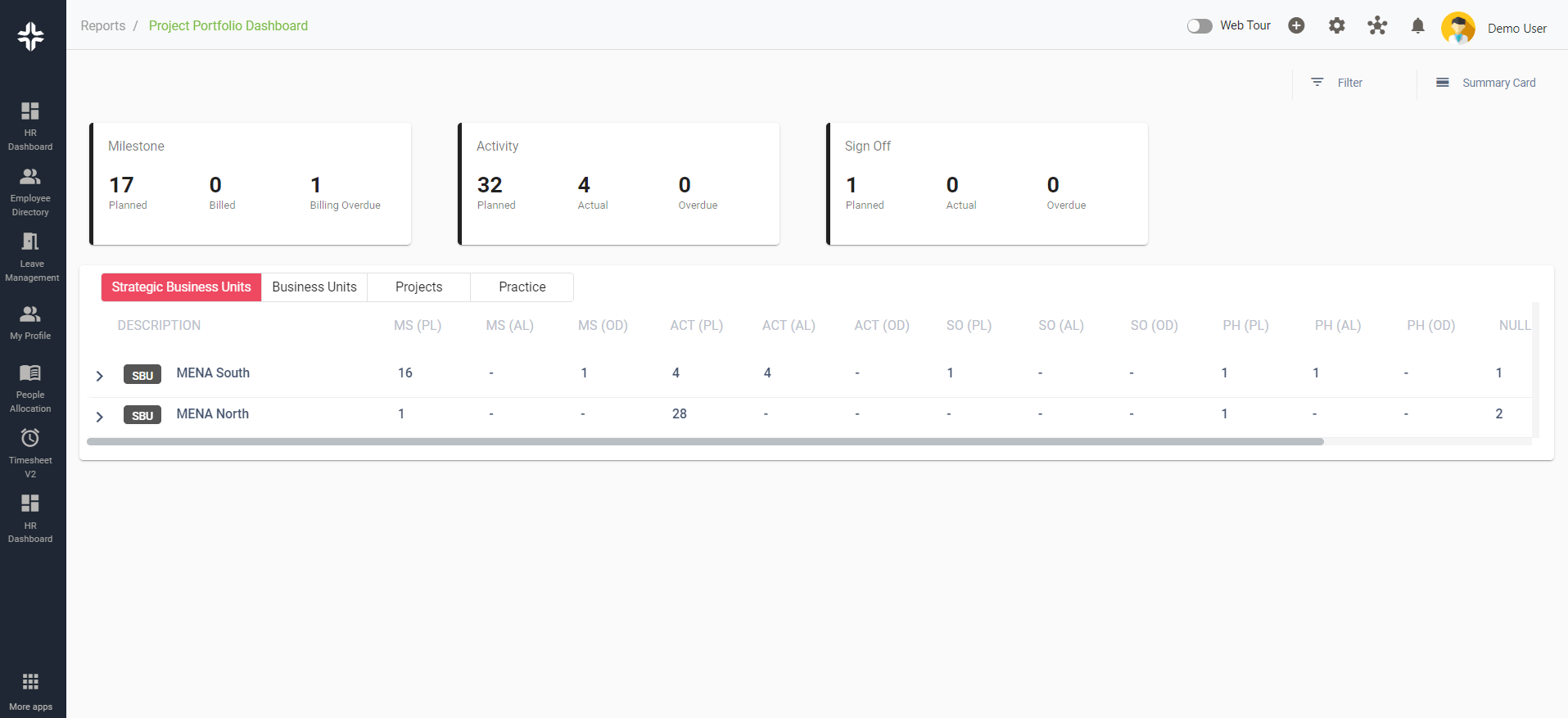Home » PSApedia
Project Schedule Variance
Manage Projects Effectively with Project Schedule Variance Analysis. Discover More!

What is Project Schedule Variance?
Project Schedule Variance (PSV) is a critical metric in project management that measures the difference between the planned progress and the actual progress of a project. In simpler terms, it helps determine whether a project is ahead of, on track, or behind schedule.
For businesses, especially those leveraging Professional Service Automation (PSA), understanding PSV is essential to ensure timely delivery and optimal resource allocation.
Importance of Project Schedule Variance
Understanding PSV is crucial for several reasons:
1. Resource Allocation: By monitoring PSV, businesses can make informed decisions about resource allocation, ensuring that projects don’t lag due to resource constraints.
2. Client Satisfaction: Timely delivery is a key component of client satisfaction. By keeping an eye on PSV, businesses can ensure they meet client expectations.
3. Financial Planning: Projects that are behind schedule can lead to increased costs. Monitoring PSV can help in financial planning and budgeting.
4. Risk Management: Identifying a negative PSV early can help in risk management, allowing businesses to take corrective actions before it’s too late.

Why Project Schedule Variance is so important?
Calculating Project Schedule Variance
Formula:
PSV = EarnedValue(EV) − PlannedValue(PV)
Where:
Earned Value (EV): The value of the work actually performed.
Planned Value (PV): The value of the work that was planned to be done by a specific time.
Example:
Let’s say for a project, by the end of the first week:
EV = $5,000
PV = $4,500
PSV = $5,000 – $4,500 = $500
A positive PSV indicates the project is ahead of schedule, while a negative value indicates it’s behind schedule.
Project Schedule Variance vs Other Metrics
Understanding the difference between these metrics and PSV is crucial for comprehensive project management. While PSV focuses on schedule performance, there are other related metrics:
1. Cost Variance (CV): This measures the cost performance of a project. Unlike PSV, which focuses on time, CV focuses on budget.
2. Schedule Performance Index (SPI): This is a ratio that indicates how well the project is adhering to its schedule. An SPI of greater than 1 indicates the project is ahead of schedule.
| Metric | Description | Purpose in PSA |
|---|---|---|
| Project Schedule Variance | Measures the difference between the planned schedule and actual progress. A positive value indicates ahead of schedule, while a negative value signifies behind schedule. | Assessing project timeline adherence and predicting completion dates. |
| Resource Utilization Rate | Calculates the percentage of available resources used for project work. | Evaluating resource allocation efficiency and avoiding overallocation or underutilization. |
| Billable Utilization Rate | Measures the percentage of a resource’s time that is billable (directly contributing to revenue). | Maximizing billable hours to increase revenue and profitability. |
| Non-Billable Utilization Rate | Calculates the percentage of a resource’s time spent on non-billable activities (e.g., training, administrative tasks). | Managing non-billable work to optimize resource productivity. |
Application of Project Schedule Variance
PSV is not just a metric; it’s a tool for continuous improvement:
1. Forecasting: By regularly monitoring PSV, businesses can forecast potential delays and take proactive measures.
2. Stakeholder Communication: Regularly updating stakeholders with PSV figures ensures transparency and sets clear expectations.
3. Performance Review: PSV can be used as a metric during employee performance reviews, especially for those involved in project management.
Ready to Optimize Your Project Schedule Variance?
KEBS, a leading PSA software, offers tools that can help businesses monitor and optimize their PSV. KEBS Gantt chart tool allows businesses to visually track project progress, making it easier to spot variances.
With KEBS resource management software, businesses can ensure optimal allocation, reducing the chances of schedule variance. KEBS offers real-time reporting, ensuring that businesses have up-to-date data on their PSV.

KEBS PMO Dashboard
Ready to optimize your Project Schedule Variance? Contact KEBS today or request a demo to see how KEBS can transform your project management processes.



